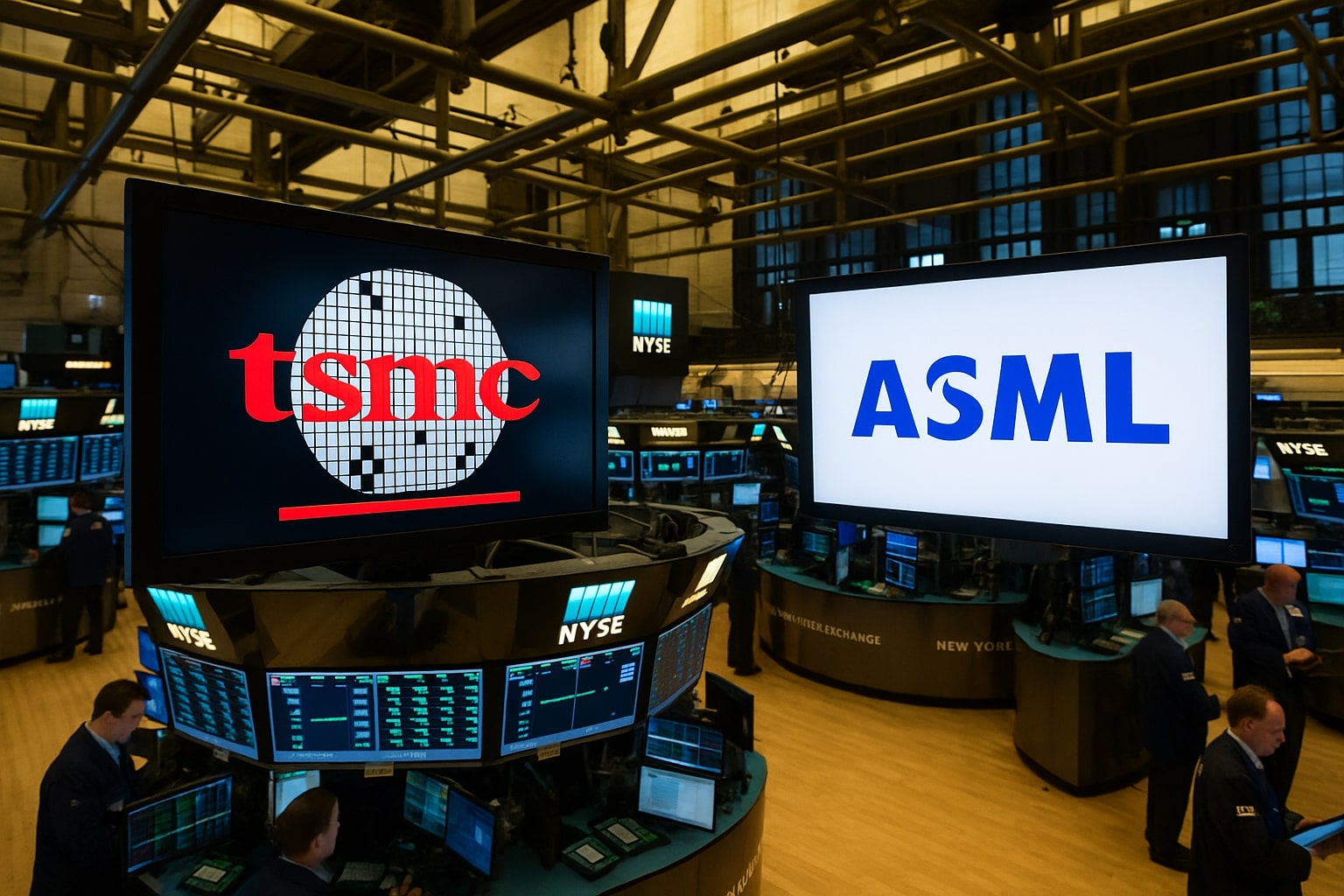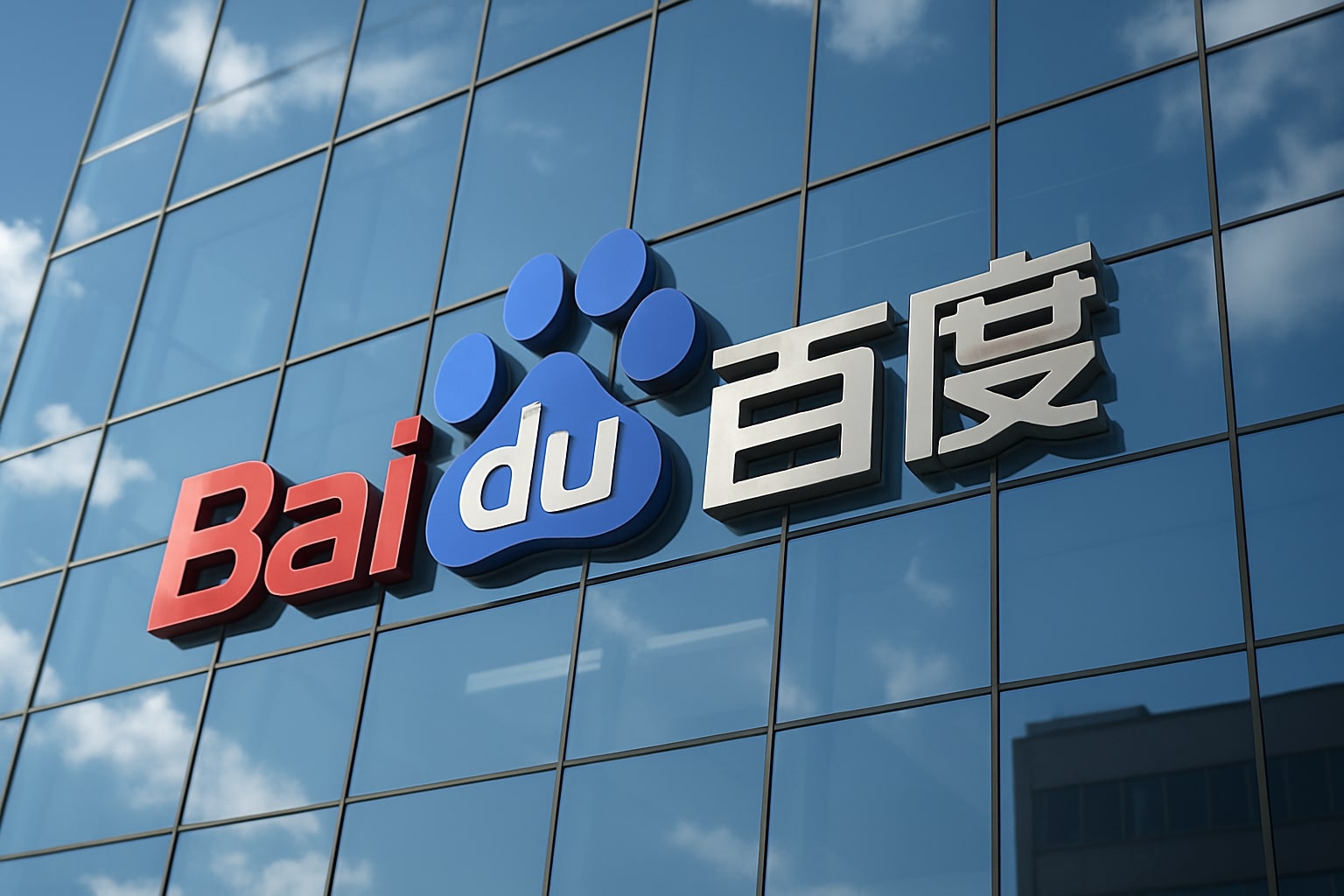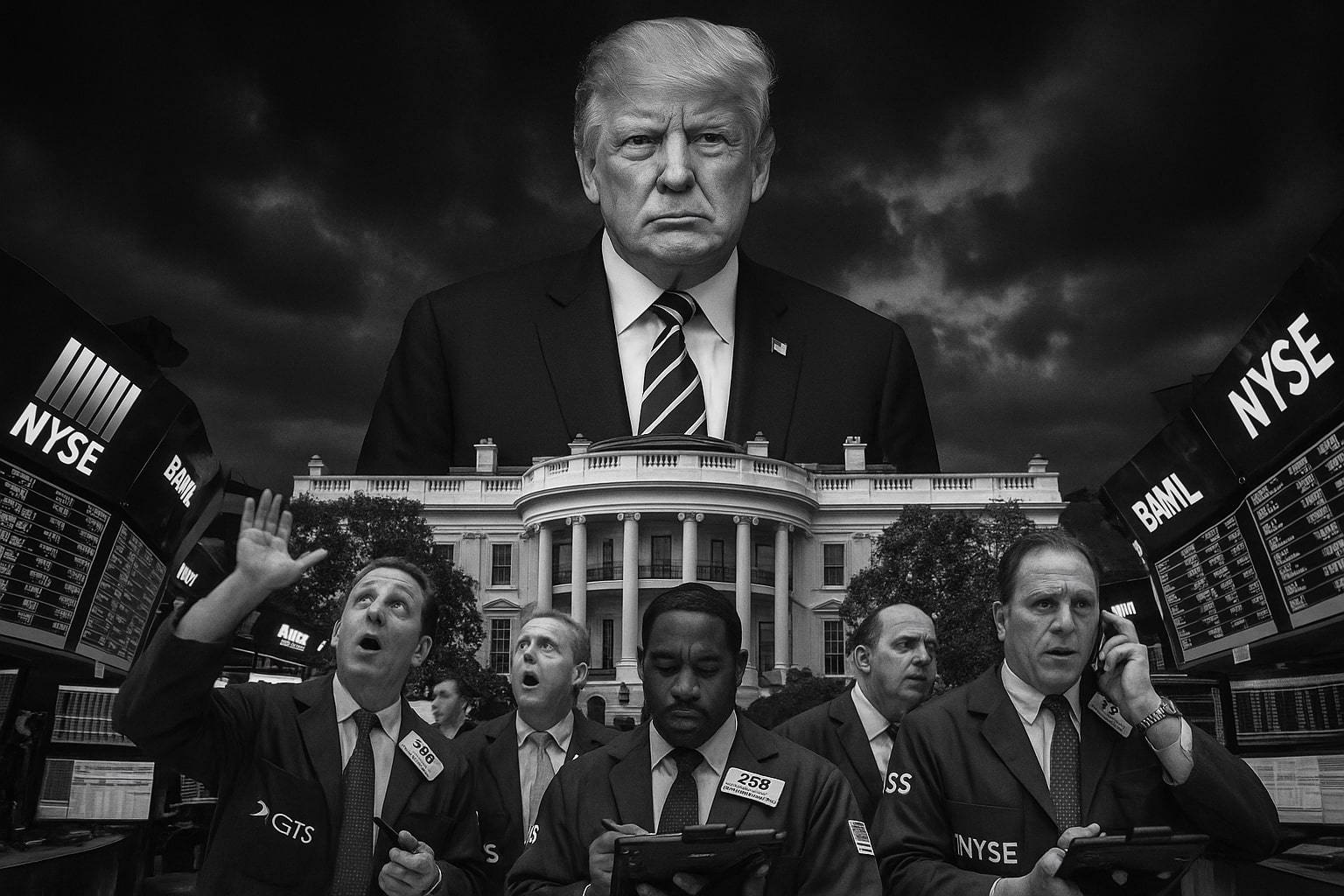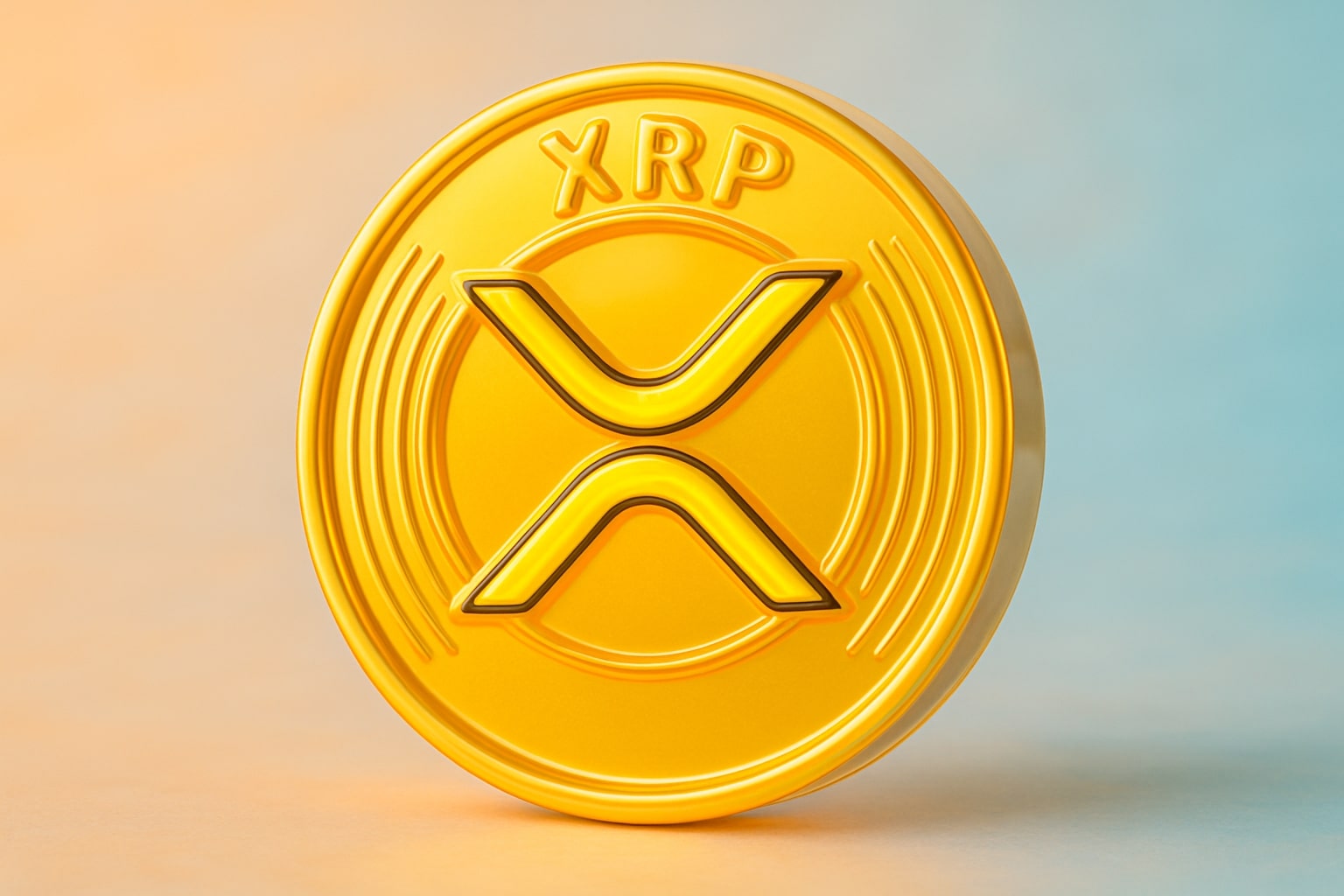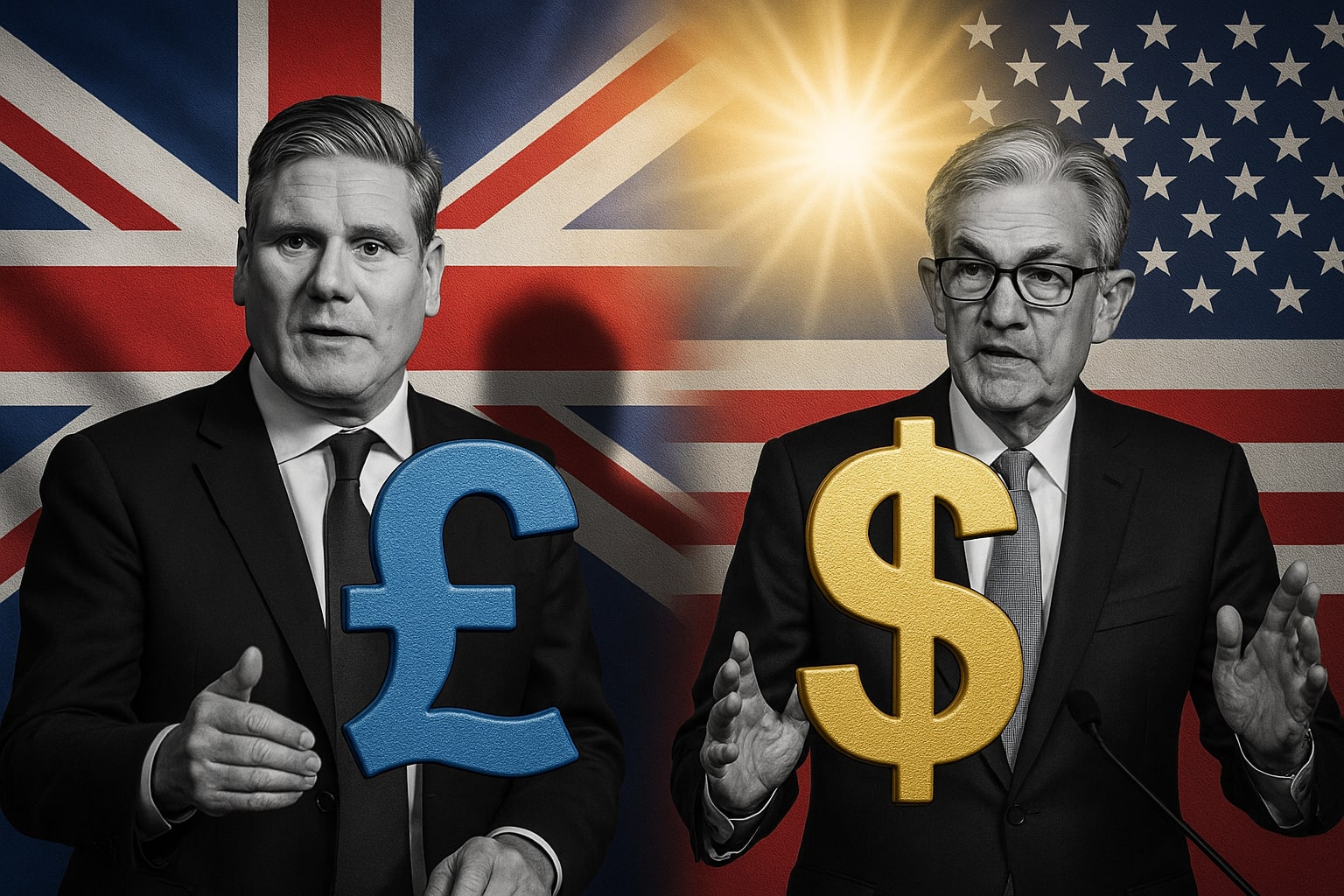ASML (NASDAQ:ASML) vs TSMC (NYSE:TSM): A Full Comparative Analysis
Revenue Growth and Earnings Momentum
Taiwan Semiconductor Manufacturing Company (NYSE:TSM) has shown staggering top-line acceleration, with Q2 2025 revenue at $31.73 billion, a 54% year-over-year increase, while EPS jumped 66% from $1.48 to $2.47. August 2025 sales surged 34% YoY, maintaining forward guidance for 25% revenue growth in September. Analysts expect FY2025 EPS at $9.81, moving to $11.31 in FY2026, reflecting 39% growth this year and 15% next year.
ASML Holding (NASDAQ:ASML) is growing at a slower pace, though still robust. Q2 2025 revenue expanded by 31% YoY to €8.95 billion, while EPS rose from $4.39 to $6.86, a 56% jump. On a trailing basis, ASML posted $32.16 billion in revenue and $9.42 billion net income, with EPS at $28.32. Forward EPS is guided at $23.91 for 2025 and $25.48 in 2026. Unlike TSM, which is expanding at hyperscale, ASML faces a more cyclical curve with possible flat growth in 2026 due to High-NA EUV ramp dilution and weaker upgrade revenue.
Margin Dynamics and Profitability
TSM is hitting record profitability. Q2 gross margin stood at 58.6%, up from 53.2% a year prior, and operating margin expanded to 49.6%. The balance sheet carries a $55 billion net cash position and a $90 billion cash cushion, enabling unparalleled reinvestment into advanced nodes. Free cash flow in Q2 was $4.5 billion despite CapEx rising sharply to $10.2 billion.
ASML, while less explosive, remains a cash machine. Gross margin in Q2 2025 came in at 53.7%, with net margin near 29.3% and operating margin at 34.6%. Return on equity is far higher than TSM at 58.2%, a sign of ASML’s asset-light model and pricing power as the only global EUV supplier. Free cash flow hit $8.56 billion trailing twelve months, with $7.25 billion cash on hand against $3.7 billion debt, leaving leverage at only 21% debt-to-equity.
Market Position and Technological Leadership
TSM commands 90% of 3nm output and around 70–80% of 5nm supply, critical to Apple, Nvidia, AMD, Broadcom, Microsoft, Amazon, and Google. By late 2025 it expects to introduce 2nm nodes, with 20–30% power efficiency gains. TSMC is also expanding into Germany, Japan, and the U.S., reducing its Taiwan concentration. Its diversified end markets—60% HPC, 27% smartphones, 14% IoT—show both AI dominance and balanced demand resilience.
ASML is the toll keeper of this ecosystem. No advanced node can be fabricated without its EUV machines. It holds a monopoly on EUV and is pushing High-NA EUV machines, though these initially dilute margins. Its €1.5 billion investment in Mistral AI marks a pivot to AI partnerships, but critics argue the capital allocation is questionable compared to prior supplier-focused investments. Still, with every fab expansion globally requiring ASML machines, its role as a bottleneck remains unrivaled.
Geopolitical and Macro Exposure
TSM faces the most acute geopolitical scrutiny. Chinese threats of invasion remain a tail risk, though operationally unsustainable given reliance on ASML’s lithography ecosystem. TSM’s geographic diversification—six fabs planned for the U.S., two in Japan, and a JV fab in Germany—dilutes geopolitical concentration. NT$ appreciation is another factor weighing on margins but remains relatively manageable.
ASML is less geopolitically vulnerable but exposed to export restrictions. U.S.–China trade rules on advanced chip equipment weigh on shipments to Chinese fabs, while Trump’s tariff exemptions for U.S.-based fabs ironically help ASML by forcing TSM and others to expand U.S. capacity. ASML’s European base gives it political neutrality, though its €1.3 billion Mistral AI bet signals closer EU integration into AI strategy.














